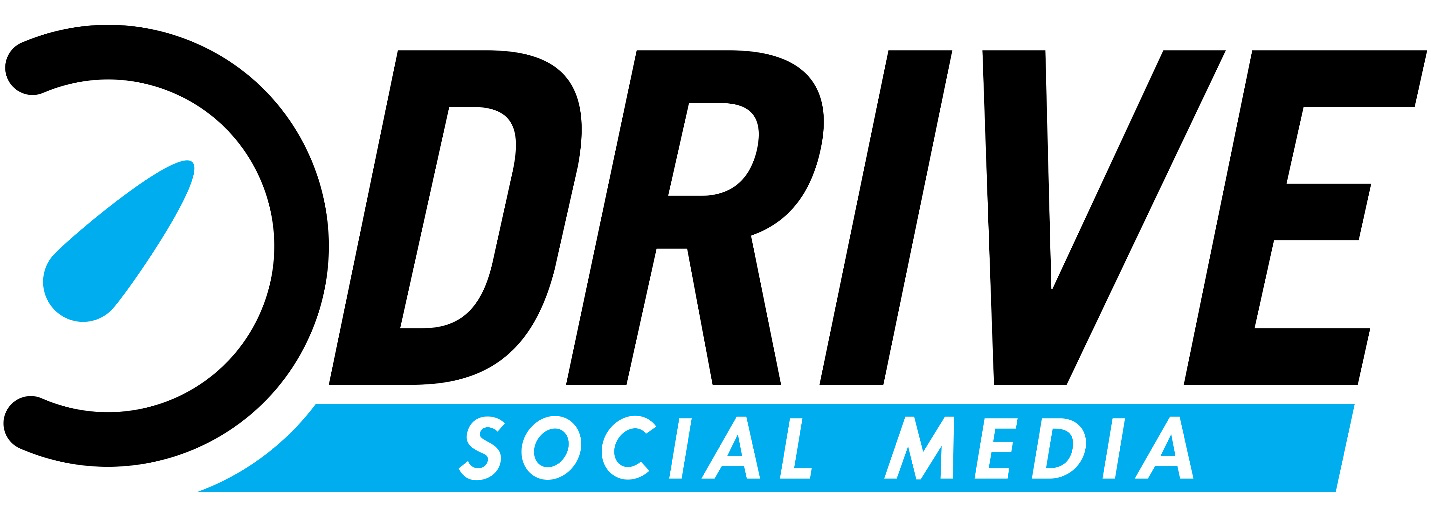As the ad industry adapts to the end of third-party cookies and increasingly stringent privacy regulations, businesses—especially localized ones—are seeking new ways to reach nearby audiences effectively. Drive Social Media(DSM) has responded with an innovative solution: HyperLocal “Neighborhood Ads.” These campaigns are designed to deliver highly targeted, contextually relevant messaging at the micro-neighborhood level—without relying on cookies or personal data profiling.
The PostCookie Challenge
For decades, digital marketers depended on third-party cookies and cross-site tracking to build audience segments and retarget site visitors. With major browsers like Safari and Firefox blocking trackers by default, and Google preparing to phase cookies out entirely, the traditional tracking ecosystem has unraveled. For marketers, this change demands both adaptation and innovation.
Rather than view these changes as a setback, Drive Social Media sees them as an opportunity to recalibrate—shifting away from invasive personal tracking and toward location-based precision.
What Makes Neighborhood Ads Different?
Neighborhood Ads target users within highly defined geographic boundaries—sometimes as tight as a single zip code or city block. Instead of segmenting by browsing behavior, these campaigns rely on location context combined with platform data signals such as:
Neighborhood Ads allow a brand—from a local HVAC provider in Tampa to a boutique in Nashville—to craft promotions that feel relevant, timely, and respectful of privacy. Ads might highlight local events, seasonal services, or local landmarks—making messaging feel authentic rather than generic.
Why This Matters: High Intent, Low Waste
In digital marketing, relevance matters—and relevance is tied to context. Neighborhood Ads deliver offers and stories to users who are physically close and more likely to buy soon—whether it’s booking a roof inspection after a storm or booking a tasting at a neighborhood winery.
Research shows that hyper-local targeting can yield:
For DSM’s clients in industries like home services, restaurants, healthcare, and retail, this strategy delivers measurable ROI without having to rely on attenuated behavioral data models.
Tactical Implementation by Drive Social Media
DSM’s approach to Neighborhood Ads centers on three critical pillars:
1. Targeting by geography and intent:
Rather than casting broad city-wide targeting nets, DSM crafts campaigns to only reach predetermined zones—residential areas, shopping districts, or newly developing neighborhoods. This ensures that marketing dollars are focused on real potential customers.
2. Locally-informed creative:
Ad visuals and messaging incorporate recognizable neighborhood landmarks, events, or community themes. For example, a roofing client targeting hurricane-prone regions will run ads referencing recent storms or local safety initiatives. This local touch deepens resonance.
3. Privacy-first attribution:
Even without cookies, DSM measures success through conversions such as form visits, store visits, call tracking, and other first-party signals. Metrics like foot traffic, booking requests, and sales lift remain central KPIs—aligned to business outcomes, not speculative clicks.
Real-World Examples & Industry Alignment
DSM has made use of localized marketing in numerous verticals:
These clients continue to report improvements in foot traffic, booking volume, and community engagement—proof that location-tailored advertising outperforms generalized digital reach.
Navigating the Digital Privacy Landscape
As regulations like CCPA and GDPR make hyper-targeting increasingly difficult, location-based advertising offers a safer alternative. By not relying on cross-site behavioral tracking and instead serving ads purely based on geo-location and anonymized platform data, Neighborhood Ads offer:
The Future of Community-Based Digital Marketing
Neighborhood Ads aren’t just a short-term workaround—they’re a long-term strategy for businesses rooted in their communities. As local trust becomes a competitive edge, campaigns that reflect local identity will outperform faceless national pushes.
DSM sees this strategy as a cornerstone for brands looking to stay relevant in the shifting landscape of digital advertising. With hyper-local tactics and first-party, privacy-conscious data, they’re reimagining what community marketing looks like.
Final Thoughts
In the post-cookie ecosystem, the most effective digital campaigns will be those that deliver precision, relevance, and respect all at once. Drive Social Media’sNeighborhood Ads offer a blueprint for how privacy-conscious targeting can still generate meaning—and measurable success—for neighborhood-centered businesses.

































